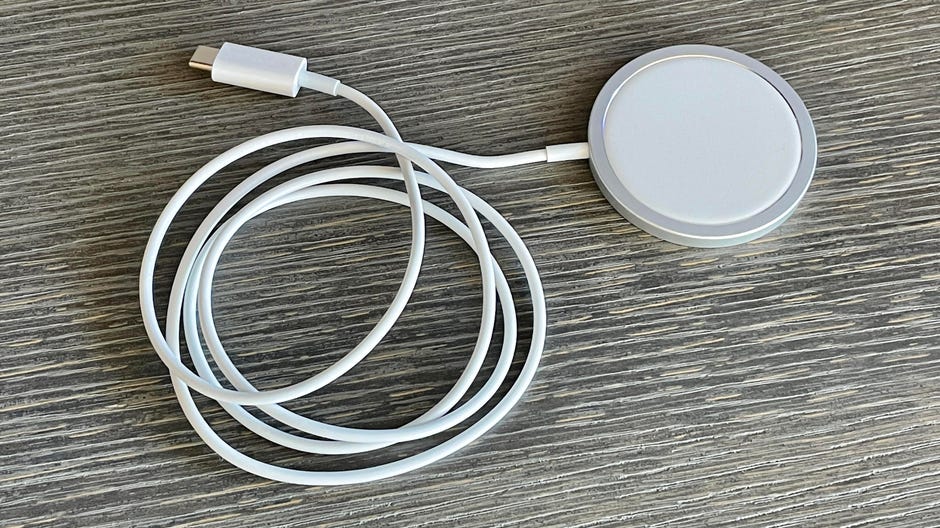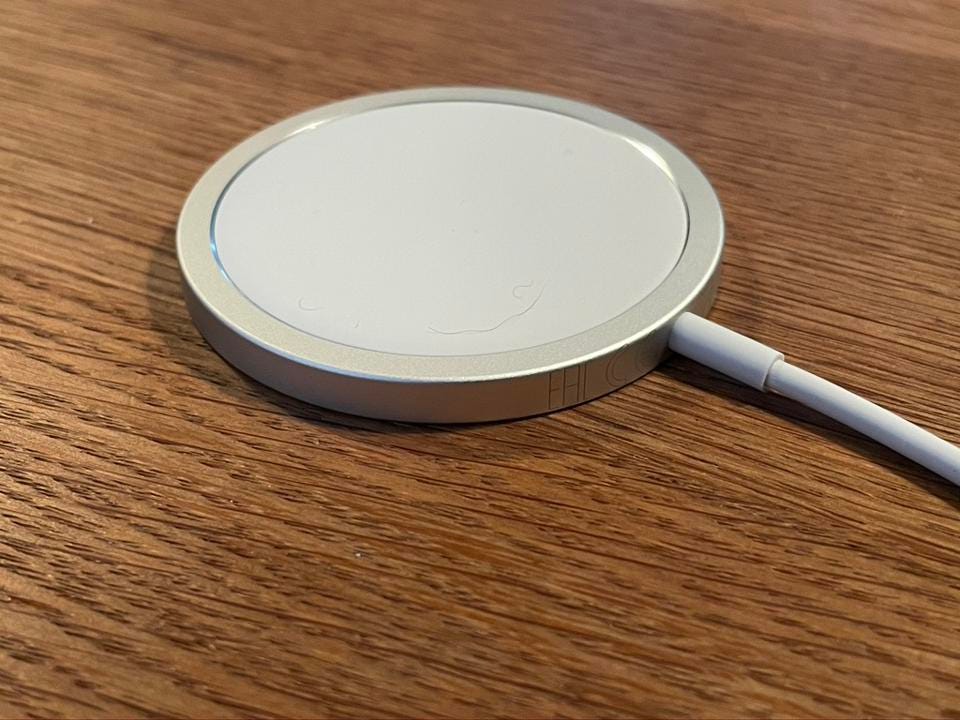With the ever-evolving world of technology, it is no surprise that consumers have a wide range of chargers to choose from. With the introduction of Apple’s MagSafe and Lightning chargers, there has been much debate over which one is more efficient. This article will be exploring whether the MagSafe charger is faster than its Lightning counterpart. By examining each charger’s specs and features, we will determine which one has better charging speeds.
Is MagSafe Faster?

The MagSafe charger has been introduced by Apple as the new charging solution for their devices. Although it is initially marketed as a safer and more efficient way to charge devices, many people are still wondering if it is faster than the old Lightning connector. The short answer is yes, MagSafe charges faster than Lightning.
One of the main reasons why MagSafe charges faster than Lightning is because it can deliver up to 15 watts of power compared to the maximum 7.5 watts that a Lightning cable can provide. This means that your iPhone or other compatible device can be charged in half the time with a MagSafe charger than with a standard wired charger.
Another benefit of using MagSafe over Lightning is that it eliminates any potential damage from wear and tear on the port since there is no need for a physical connection between the device and charger. Furthermore, its magnetic attachment ensures that your phone stays in place during charging without worrying about pesky wires getting tangled or accidentally disconnected during use.
Overview of Lightning Chargers
The Lightning Charger has been the standard for Apple devices since it was introduced in 2012. It is a proprietary charging connector that allows for fast charging and data transfer between Apple products. However, with the introduction of MagSafe Charger, there have been questions about which one is faster.
MagSafe Charger uses a new design that magnetically attaches to your iPhone 12 or newer models. It can charge up to 15W compared to the maximum capacity of 20W for Lightning Chargers. While MagSafe Charger may seem slower on paper, it offers a better user experience by making it easier to align and connect your phone to the charger.
In summary, while Lightning Chargers are still widely used by many Apple device owners, MagSafe Charger provides a more efficient way of charging newer iPhone models. With its magnetic attachment and ease of use, it may ultimately become the preferred option over traditional Lightning Chargers.
Overview of MagSafe Chargers

MagSafe Chargers are a new technology introduced by Apple for charging their latest iPhones. MagSafe chargers use magnets to connect to the iPhone, allowing users to charge their devices quickly and easily without having to fuss with cables. The charger snaps onto the back of an iPhone 12 series device using a magnetic system that ensures perfect alignment between the two devices.
The charging speed of MagSafe chargers is also relatively faster than Lightning cables. The maximum wattage output of MagSafe chargers is 15W, which is higher than the power output from standard wired chargers (5W) and even higher than most wireless charging pads that offer 7.5W or 10W of power.
MagSafe Chargers are not only fast but also efficient when it comes to avoiding overheating problems as they can automatically adjust power levels based on your phone’s temperature and battery level, making them safer for long-term use. In conclusion, if you are looking for a hassle-free experience while charging your iPhone and want faster-charging speeds, then investing in a MagSafe Charger is definitely worth considering over traditional Lightning cables.
MagSafe vs. Lightning: Speed Test
When it comes to charging your Apple devices, the MagSafe charger and Lightning cable are two popular options. But which one is faster? In a speed test conducted by various tech experts, the results were mixed.
Some tests showed that the MagSafe charger was faster than the Lightning cable when charging an iPhone 12 from zero to 50%. However, when it came to charging the phone from zero to 100%, both methods took about the same amount of time. It’s important to note that these tests were conducted under specific conditions and may not reflect real-world usage scenarios.
Ultimately, whether you opt for a MagSafe or Lightning charger depends on your personal preference and needs. If you prioritize convenience and ease of use, then MagSafe could be a great option for you. On the other hand, if speed is your top priority and you don’t mind dealing with cables, then sticking with a Lightning cable might be better suited for your needs.
Factors Affecting Charging Speed
The MagSafe Charger, introduced by Apple in 2020, is a new wireless charging system that is compatible with the iPhone 12 series. It is designed to be faster and more efficient than previous charging methods. One of the factors affecting charging speed is the power output of the charger. The MagSafe Charger has a maximum power output of 15 watts, which is faster than the previous Lightning cable, which has a maximum output of only 10 watts.
Another factor that affects charging speed is the battery capacity of your device. The larger your phone’s battery capacity, the longer it will take to charge. However, with a higher wattage charger like MagSafe, you can still get a quick boost even for bigger devices like iPad Air since it supports up to 20w.
Lastly, how you use your device while it’s being charged also affects its charging speed. Streaming videos or using apps that require high levels of processing power can slow down your charging time because they consume more energy from your phone’s battery than basic functions like browsing online or listening to music would.
Advantages and Disadvantages
The MagSafe Charger is a new wireless charging system that Apple has introduced with its latest series of iPhones. One of its biggest advantages over the traditional Lightning cable is that it allows for a faster charge than the latter. With a maximum output of 15W, MagSafe can charge an iPhone up to 50% in just 30 minutes. In contrast, the fastest charging speed you can get with a Lightning cable is 18W, which could take longer to reach the same level.
However, one disadvantage of MagSafe compared to Lightning is that it requires an external power source. You cannot simply plug your phone into any computer or USB port to charge it using this method. You will need either a wall adapter with at least 20W output or a portable battery pack with MagSafe compatibility.
Another disadvantage of using MagSafe instead of Lightning is that it might not work well with certain phone cases or accessories. Because it uses magnets to attach securely to your device’s back, you may have trouble getting it to stay in place if there are any obstructions between the charger and your phone’s surface. This means you may need to remove your case every time you want to use MagSafe, which could be inconvenient for some users who prefer having their phones protected all the time.
